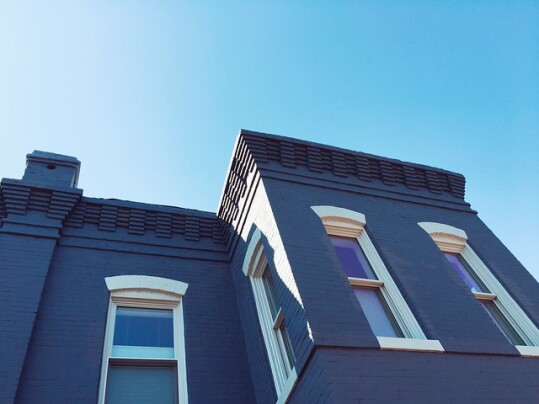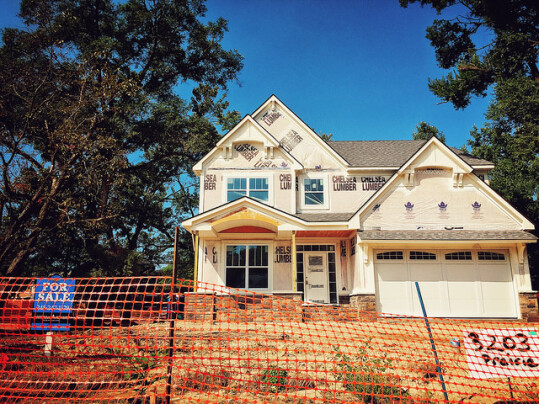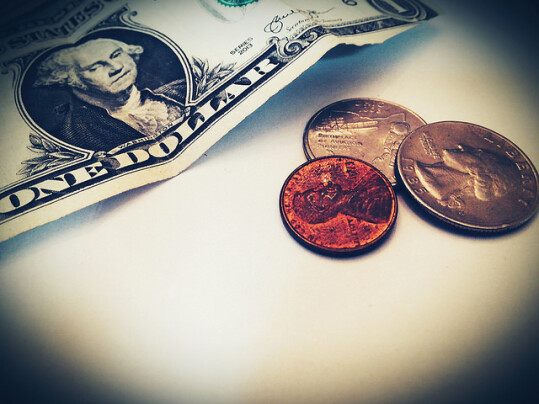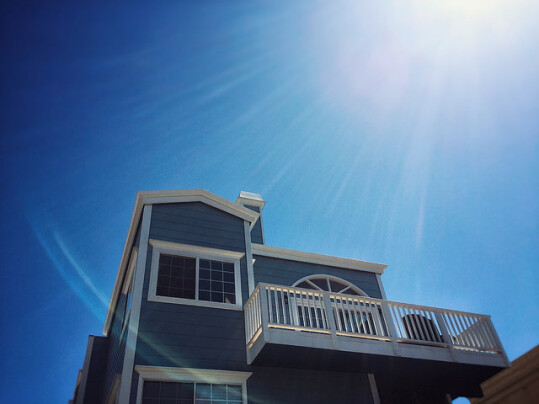In a normal year, homeowners who want to sell can strategize when the best time for them to list their home might be. For example, it’s generally considered less optimal to put a home up for sale during the dead of winter or the holiday season. But with a pandemic and a lower-than-normal number of homes for sale, when’s the best time for a homeowner to sell this year? Well, according to the National Association of Realtors’ consumer website, the best time might be right now. “Unlike 2020 when COVID upended the spring home-buying season and pushed buyer interest to later in the year, this year’s housing market is following more typical seasonal trends,” Danielle Hale, the website’s chief economist, said. “With half as many homes available for sale this year than last, sellers are well positioned for a quick sale at top dollar.” In other words, buyers have returned to normal but the inventory of available homes has not. That means, home sellers should be in good position until the supply of homes increases. However, with so many unknowns ahead, waiting until later in the year bring its own risks. Which is why now might be the best time to make a move. (source)
Archive for April 2021
Rates To Remain Steady Amid Economic Rebound
When the coronavirus vaccines were first announced last fall, expectations for the economy began to grow. Economists predicted the economy would rebound as newly vaccinated Americans returned to activities restricted by the pandemic. Now, according to the most recent forecast from Fannie Mae’s Economic and Strategic Research Group, the rebound has started. “The ramp-up we’d previously forecast for the economy is underway, as evidenced by, among other measures, increasing airline passenger reservations and restaurant bookings,” Doug Duncan, Fannie Mae’s senior vice president and chief economist, said. “Vaccinations are continuing to roll out, and consumers appear to be increasingly looking toward post-pandemic life.” So what does this mean for the housing market? Well, for one, the group expects mortgage rates to remain steady in the near term. That means, despite recent increases, rates should stay favorable. That’ll help drive demand from home buyers, which Fannie Mae expects will rise from last year’s level. They also expect prices to continue to climb this year, though they see increases decelerating in 2022. (source)
March Market Starts The Spring Off Hot
If you’ve been shopping for a house in the past few weeks, you’ve likely already noticed that the spring housing market is off to a hot start. Typically the time of year when home buyers and sellers get active after a long winter, spring is always busy – but this year is different. Not only is it the first spring market following a year of coronavirus restrictions and mitigation efforts, but a lower-than-normal number of homes for sale has led to some record breaking numbers. For example, according to one recent analysis, in March, the number of days the typical home for sale was on the market dropped to 25 days, a record low. At the same time, the number of homes that sold above list price reached an all-time high. In other words, March saw one of the hottest months of housing activity since at least 2012. Homes are selling quickly and competition among buyers means they’re selling for more than homeowners are asking. This means, buyers have to be prepared to act fast and stay flexible when they see a property that fits their needs. (source)
Demand From Buyers Keeps Builders Optimistic
Each month, the National Association of Home Builders conducts a survey to gauge how confident builders are in the market for new homes. Their answers are then scored on a scale where any number above 50 indicates more of them view conditions as good than poor. In April, the NAHB’s Housing Market Index scored an 83. The results are an indication that builders are optimistic in the market, despite ongoing supply-side challenges like the skyrocketing price of lumber. Robert Dietz, NAHB’s chief economist, said the reason is the amount of interest they’re seeing from buyers. “While mortgage interest rates have trended higher since February and home prices continue to outstrip inflation, housing demand appears to be unwavering for now as buyer traffic reached its highest level since November,” Dietz said. But while good for builders, elevated buyer demand also puts a lot of pressure on the pace of construction. After all, home building is the quickest way to add inventory to the market and, right now, the supply of homes available for sale is low. That means, the pace of construction has a lot to do with how fast prices rise and how much buyer competition there is this summer. (source)
Mortgage Rates Drop But So Does Demand
According to the Mortgage Bankers Association’s Weekly Applications Survey, average mortgage rates fell last week from one week earlier. Rates were down across all loan categories, including 30-year fixed-rate mortgages with both conforming and jumbo balances, loans backed by the Federal Housing Administration, and 15-year fixed-rate loans. But despite decreasing rates, demand for mortgage applications fell as well. In fact, refinance activity was down 5 percent week-over-week and demand for loans to buy homes dropped 1 percent. Joel Kan, MBA’s associate vice president of economic and industry forecasting, says purchase activity has slowed because of a lack of homes for sale. “The third straight week of declining purchase activity is a sign that rising home prices and tight supply are constraining home sales – especially in the lower price tiers,” Kan said. “Purchase applications were still above last year’s pandemic-impacted low point, but fell behind the level of activity seen the same week of 2019.” The MBA’s weekly survey has been conducted since 1990 and covers 75 percent of all retail residential mortgage applications. (source)
What Should Buyers Expect To Pay In Property Tax?
Among the costs of homeownership, property tax may be the easiest to overlook. Prospective home buyers already have to think about their down payment, closing costs, and monthly mortgage payment. So, checking into what their potential property-tax bill might be can end up an afterthought. But it shouldn’t be. Mostly because it can be a fairly significant amount, depending on where you’re buying. So what should you expect? Well, according to ATTOM Data Solutions’ most recent analysis, the average property tax for a single-family home was $3,719 in 2020 – a 4.4 percent increase over the year before. That’s the biggest annual increase in four years. Todd Teta, ATTOM’s chief product officer, says today’s home buyers are lucky, since low mortgage rates offset some of the increase. “Fortunately for recent home buyers, they have mortgages with super-low interest rates that somewhat contain the cost of homeownership,” Teta said. “But the latest tax numbers speak loud and clear about the continuing pressure on both recent and longtime homeowners to support the rising cost of public services.” It also speaks to the importance of checking local property tax rates when calculating the cost of buying a home. (source)
Buyer Interest In Second Homes Spikes
The number of Americans working remotely skyrocketed after the coronavirus took hold last March. And with newfound freedom to work from anywhere, how and where we live began to change. For one, home buyers began looking for properties in suburbs and exurbs, further from city centers. Another example can be found in recent data showing that the number of home buyers locking in mortgage rates for second homes has risen 128 percent since last year at the same time. That’s almost four times the increase primary homes have seen. Of course, one reason for the dramatic spike is the fact that the pandemic began last March, which led to a drop in home buying activity. So, naturally, year-over-year comparisons are going to be skewed. But the fact that it’s the tenth-consecutive month that annual growth rates have been 80 percent or higher means there’s more to it than just that. One theory is that part of the spike is coming from remote workers, who are both looking for an investment property they can rent out and somewhere beautiful to spend, at least, part of the year. But while interest has surged, so have prices. In seasonal towns, home prices are up 19 percent from last year. (source)







